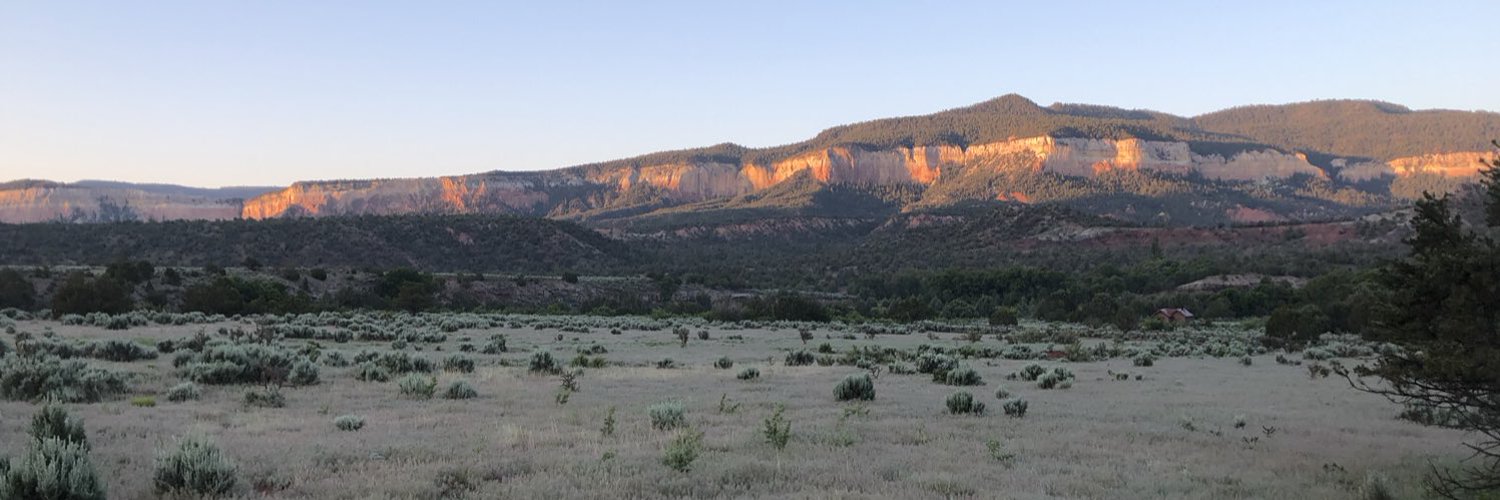Litigation over radioactive pollution at Colorado’s Rocky Flats nuclear power plant has been ongoing since the early 1990s, but the Tenth Circuit is trying to bring it to an end, as evidenced by yesterday’s decision in Cook v. Rockwell International Corp. Although the decision is obviously important because it signals an end to one of the more important environmental lawsuits of the last 25 years, it will be of ongoing interest to appellate lawyers because of its holdings on the law-of-the-case doctrine and the scope of appellate mandates.
A little background on the saga. In 1989, it was discovered that Rocky Flats had been mishandling radioactive waste, causing air and groundwater pollution. A class of neighbors brought suit in 1990 under the federal Price-Anderson Act, which exists to provide a remedy for any “nuclear incident,” and under Colorado nuisance law.
In 2006 (yes, over 15 years after the lawsuit started), a jury awarded the class $177 million in compensatory damages and $200 million in punitive damages against the defendants, Rockwell International Corporation and Dow Chemcial Company, to which the district court added $549 million in pre-judgment interest. On appeal, however, the Tenth Circuit reversed, holding that the jury was improperly instructed on what constitutes a “nuclear incident” under the Price-Anderson Act, and remanded for “further proceedings not inconsistent with this opinion.” See Cook v. Rockwell International Corp. (Sept. 3, 2010).
On remand, the plaintiffs tried “a little judicial jiu-jitsu,” as Judge Neil Gorsuch’s opinion calls it. Fine, the plaintiffs said. We give up on the Price-Anderson Act claim, but the Tenth Circuit didn’t disturb the verdict or judgment to the extent that they were based on Colorado nuisance law. So enter judgment in our favor on that claim and we can all go home.
The trial court rejected this argument, holding that plaintiffs’ state-law claim was preempted by the Price-Anderson Act, and that the Tenth Circuit’s mandate would have required a new trial even if there was no preemption. Another appeal followed.
This time, the Tenth Circuit ruled in plaintiffs’ favor. First, the Tenth Circuit held that defendants forfeited their preemption argument because they didn’t raise it in the first appeal. In 2010, the Tenth Circuit observed that the defendants alluded to federal preemption but held that they did not properly the issue. In Judge Gorsuch’s view, “under law of the case doctrine what governs is the first panel’s holding that the defendants failed to develop the argument.” Thus, “the defendants had no business attempting a field preemption affirmative defense following the first appeal, and the district court had no business adopting it.”
Second, the Tenth Circuit held that even if there was no waiver, the Price-Anderson Act does not preempt the plaintiffs’ state-law nuisance claims, because the Act does not indicate that Congress intended to do so, and because there would be no reason to leave plaintiffs without any remedy for more minor injuries if they could not prove that a “nuclear incident” occurred.
Third, the Court also held that its earlier mandate did not preclude the trial court from entering judgment on the Colorado nuisance law claim, because a trial court has wide discretion on what course to take after remand unless the mandate specifically imposes limits. The mandate didn’t require a new trial, so the trial court was free to find to enter “a new judgment on a common law nuisance claim on the basis of the existing jury verdict.” (Note that this is exactly opposed to New Mexico law, where the district court on remand lacks jurisdiction unless specifically granted by the appellate court’s mandate and opinion).
Judge Nancy Moritz concurred with the majority’s holding on the preemption issue, but disagreed that the law of the case doctrine barred defendants from raising the issue, and dissented from the majority’s refusal to grant defendants a new trial on the nuisance claim. In her view, the 2010 Tenth Circuit panel vacated the entire verdict and judgment, and gave directions that only make sense if a new trial was to be had.
Whoever you agree with, if you’re taking appeals in the Tenth Circuit, you should read Cook and carefully consider the impact of the law of the case doctrine, and the future appellate mandate, when selecting the issues you’re going to raise.
